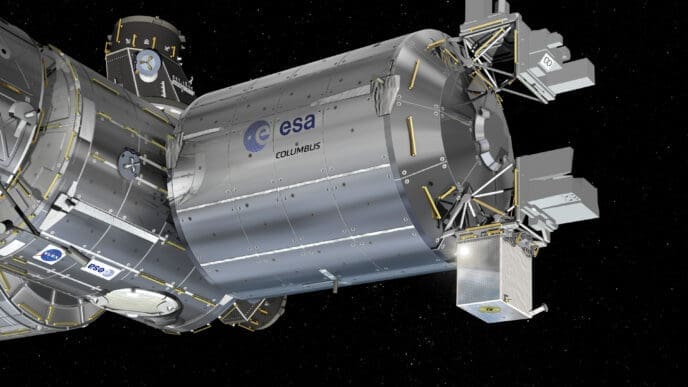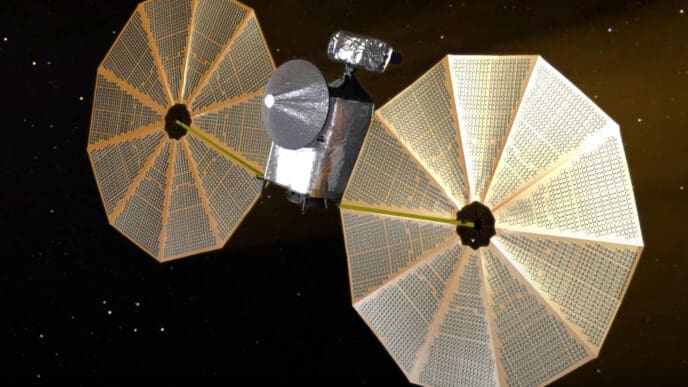A growing concern is emerging within the scientific community about the increasing volume of space debris in Earth’s orbit. Experts are urging immediate action to address this problem before it escalates into a severe crisis, emphasizing the urgency of the situation and potential implications for global space operations.
The issue of space debris is a pressing matter as Earth’s orbit becomes increasingly congested with operational satellites and defunct fragments. The accumulation of debris poses a significant risk, with scientists warning about the potential for the Kessler syndrome— a scenario where collisions between space objects create more debris, leading to a cascade of further collisions.
Dan Baker, director of the Laboratory for Atmospheric and Space Physics at the University of Colorado, Boulder, highlighted the imminent danger of leaving part of the Earth’s environment unusable if no action is taken. His comments, made during a panel at the 2024 American Geophysical Union meeting, underscore the gravity of the situation.
Current data from the European Space Agency suggests there are over 10,200 active satellites orbiting Earth, many of which operate in low Earth orbit (LEO). Among them, SpaceX’s Starlink broadband network comprises about 6,800 satellites in this region. Plans from various countries and companies to expand satellite constellations further exacerbate the problem, with targets reaching tens of thousands of new satellites.
Besides active satellites, the presence of at least 40,500 debris objects larger than 4 inches creates a hazardous environment. Even small fragments, moving at high speeds, can inflict significant damage on operational satellites. At the orbiting speed near the International Space Station’s altitude of 250 miles, velocities can reach approximately 17,500 mph.
The challenge of tracking and mitigating these smaller particles adds complexity to the issue. David Malaspina, a space plasma physicist from UC-Boulder, noted that these minor grains might provide early indicators of the Kessler syndrome onset, which scientists refer to as the ‘canary in the coal mine’.
The frequency of close encounters among satellites, around 1,000 daily warnings in LEO, illustrates the growing difficulty for satellite operators to manage potential collisions effectively. Notably, the majority of these incidents involve Starlink satellites, known for their ability to autonomously navigate possible threats.
However, there’s an absence of global regulations enforcing responsible satellite operations, leading to a ‘tragedy of the commons’ scenario. This concept, articulated by Baker, suggests that without collective actions, personal interests might lead to the depletion of shared orbital resources.
The depletion affects not only scientific endeavors, by disrupting telescope observations, but also societal and cultural experiences, such as enjoying a clear night sky. Baker insists that initiating regulatory guidelines, like the recent introduction of the Orbital Sustainability Act in Congress, is crucial.
The United States is positioned to lead these efforts, and Baker believes domestic action can set the groundwork for international cooperation. He calls for a proactive approach, encouraging all stakeholders in the space sector to contribute to solutions that prevent escalating orbital risks.
The escalating problem of space debris demands urgent global collaboration to implement effective strategies that safeguard Earth’s orbital environment. Without decisive action, the scientific, societal, and cultural implications could be profound, potentially leading to severe disruptions in space operations.
Source: Space











